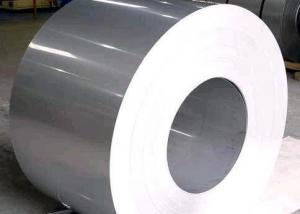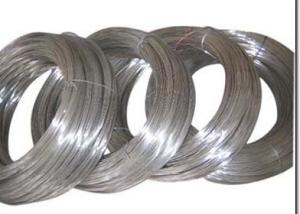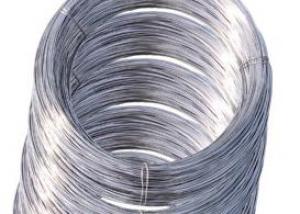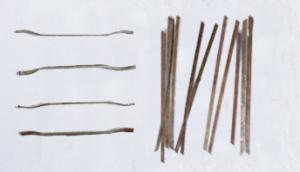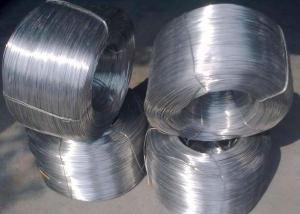SUS304 Stainless Steel Strips
- Loading Port:
- China Main Port
- Payment Terms:
- TT or LC
- Min Order Qty:
- 1 Ton m.t.
- Supply Capability:
- 2000 Tons Per Month m.t./month
OKorder Service Pledge
OKorder Financial Service
You Might Also Like
SUS304 Stainless Steel Strips
1. Chemical composition
|
C |
Si |
Mn |
P |
S |
Ni |
Cr |
|
max0.08 |
max1.00 |
max2.00 |
max0.045 |
max0.03 |
8.00-10.50 |
18.00-20.00 |
2. Mechanical properties
|
Yield Strength |
Tensile |
Elongation |
Hardness (HV) |
Hardness (HRB) |
|
≥ 205 |
≥ 520 |
≥ 40 |
≤ 200 |
≤ 90 |
3. Standard: AISI, ASTM, GB, EN, DIN, JIS
4. Surface: 2B, NO.1, BA, NO.4, Hairline, SB, Mirror finish, Anti-skid, Cherkered etc.
5. Size: Thickness: 0.3-3mm (cold rolled), 3-40mm (hot rolled)
Width: 1000mm or 1219mm or 1240mm for cold rolled, 1500mm for hot rolled.
Length: As customers' request.
6. MOQ: 1 Ton
7. Payment terms: T/T or L/C
8. Packing: Seaworthy package with wooden or Iron pallets with the paper and the steel strip, or as customers' request.
9. Delivery time: Usually about 7 days after we confirming the order, or according to your quantity.
If you have any demand, pls feel free to contact me.


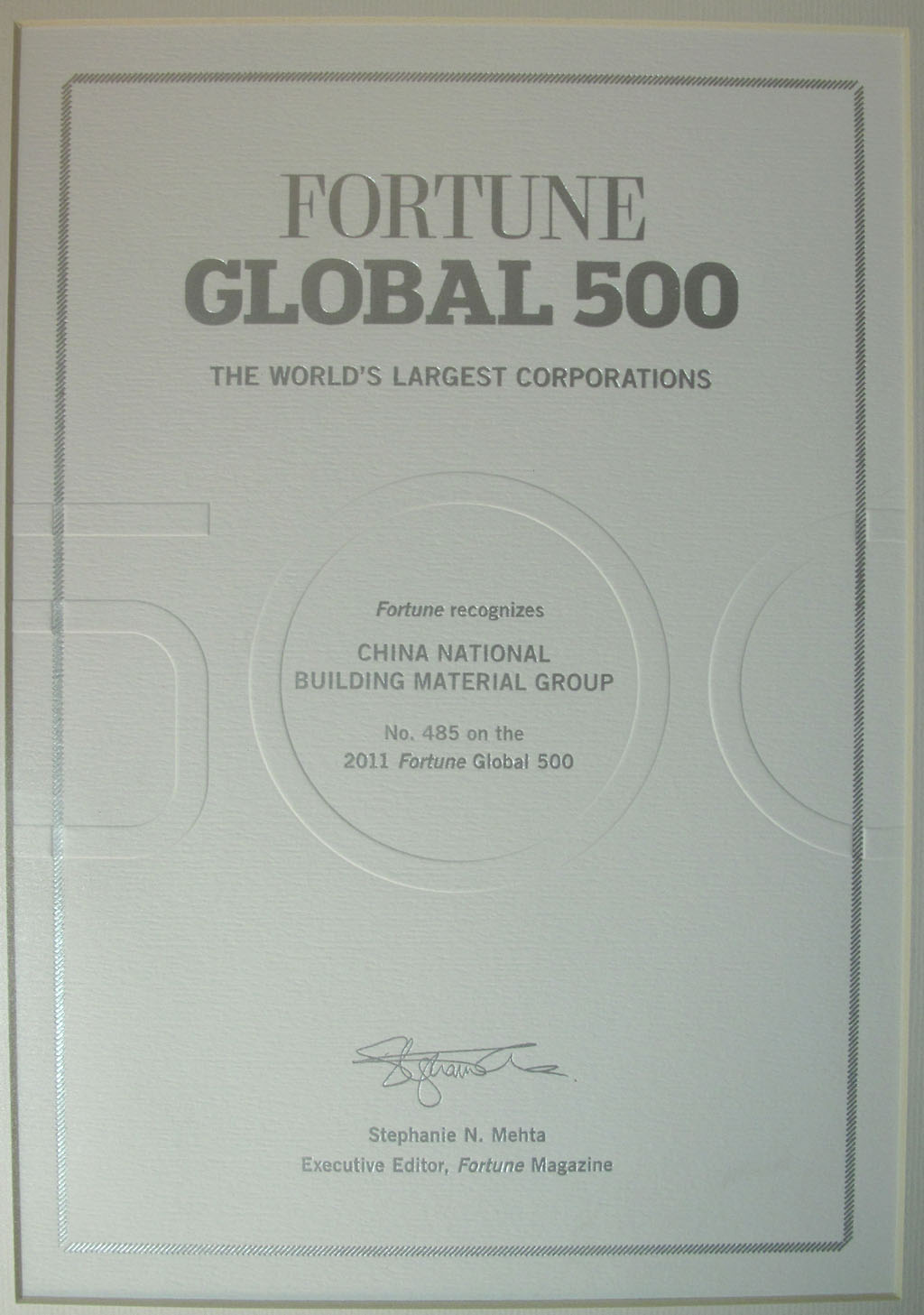
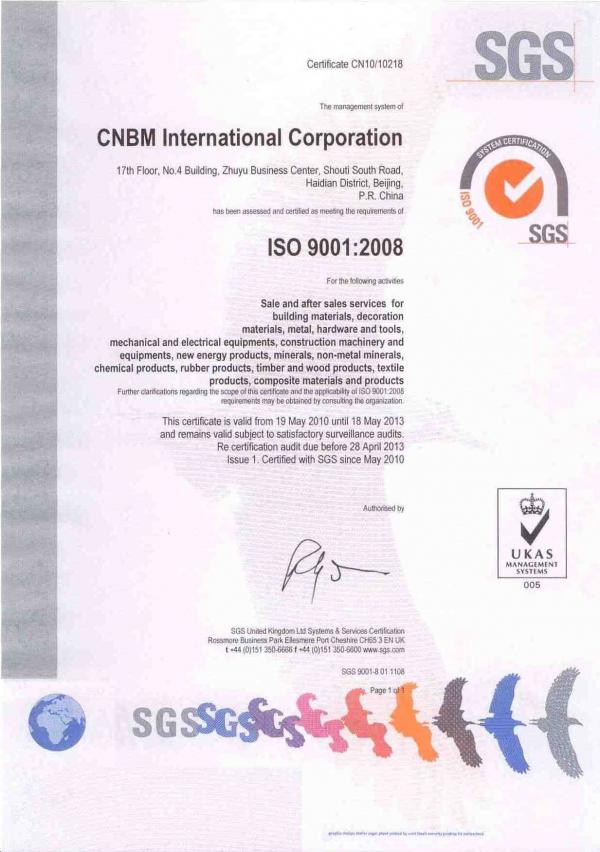
- Q:How is stainless steel wire different from galvanized wire?
- Stainless steel wire and galvanized wire are two distinct types of wire, each with its own unique properties and characteristics. The key differences between stainless steel wire and galvanized wire lie in their composition, corrosion resistance, and applications. Composition: Stainless steel wire is made from an alloy of steel, chromium, and sometimes other elements like nickel or molybdenum. This composition gives stainless steel wire its exceptional strength, durability, and resistance to corrosion. On the other hand, galvanized wire is made from carbon steel wire that is coated with a layer of zinc. This zinc coating provides galvanized wire with protection against rust and corrosion. Corrosion Resistance: Stainless steel wire is highly resistant to corrosion, making it suitable for various outdoor applications and harsh environments. It can withstand exposure to moisture, chemicals, and extreme temperatures without losing its integrity. Galvanized wire, although it offers some corrosion resistance due to its zinc coating, is not as resistant as stainless steel wire. Over time, the zinc coating may wear off, leaving the underlying steel susceptible to rust and corrosion. Applications: Due to its superior corrosion resistance and strength, stainless steel wire is commonly used in industries such as construction, marine, automotive, and aerospace. It is utilized for applications that require high durability, such as fencing, springs, cables, and wires used in surgical instruments or food processing equipment. Galvanized wire, on the other hand, is often used in applications where corrosion resistance is not the primary concern, such as wire mesh, binding or tying material, or in the construction of fences and cages. In summary, stainless steel wire and galvanized wire differ significantly in terms of their composition, corrosion resistance, and applications. While stainless steel wire is known for its exceptional strength and resistance to corrosion, galvanized wire offers some corrosion resistance but is not as durable or long-lasting as stainless steel wire. The choice between these two wires depends on the specific requirements of the intended application.
- Q:Can stainless steel wire springs be used for engine valves?
- Indeed, engine valves can make use of stainless steel wire springs. The preference for stainless steel as a spring material stems from its exceptional strength, resistance to corrosion, and long-lasting nature. Given that engine valves are subjected to severe temperatures, pressures, and mechanical strains, stainless steel wire springs are indeed well-matched to endure such circumstances. They are capable of furnishing the required support and adaptability crucial for the smooth operation of valves, ultimately enhancing the engine's overall performance and dependability. Moreover, stainless steel's resistance to corrosion plays a pivotal role in averting deterioration, rendering it an ideal choice for engine valve springs.
- Q:Can stainless steel wire be recycled?
- Yes, stainless steel wire can be recycled. Stainless steel is a highly recyclable material and its properties make it suitable for multiple recycling cycles without losing its quality. When stainless steel wire is recycled, it is typically melted down and used to produce new stainless steel products. The recycling process helps to conserve natural resources, reduce energy consumption, and minimize waste. By recycling stainless steel wire, we can contribute to a more sustainable and environmentally friendly approach to manufacturing and consumption.
- Q:What are the different types of stainless steel wire rope fittings available?
- There are several different types of stainless steel wire rope fittings available, each designed to serve a specific purpose and provide different functionalities. Some of the common types include: 1. Wire rope clips: These fittings are used to secure the ends of wire rope together. They consist of a U-shaped bolt, a saddle, and two nuts. Wire rope clips are easy to install and provide a secure connection. 2. Thimbles: Thimbles are used to protect wire rope from wear and damage at the eye or loop. They are typically made of stainless steel and come in different sizes to accommodate various wire rope diameters. 3. Swage fittings: Swage fittings are used to terminate wire rope by permanently crimping them onto the rope using a swaging tool. They provide a strong and durable connection that is resistant to corrosion. 4. Turnbuckles: Turnbuckles are adjustable fittings used to tension wire rope or adjust its length. They consist of a body with right and left-hand threads that can be rotated to tighten or loosen the wire rope. 5. Shackles: Shackles are used to connect wire rope to other objects or to create a temporary or permanent connection between wire ropes. They come in various shapes, such as bow shackles or dee shackles, and are available in different load capacities. 6. Hooks: Hooks are used to attach wire rope to different objects or for lifting applications. They come in various styles, including eye hooks, clevis hooks, and grab hooks, each designed for specific purposes. 7. Wire rope thimbles: These fittings are similar to regular thimbles but are specifically designed for wire rope. They protect the wire rope from deformation and extend its lifespan. 8. Wire rope sleeves: Wire rope sleeves, also known as ferrules, are used to create an eye or loop termination in wire rope. They are crimped onto the rope to provide a secure connection. 9. Wire rope connectors: Wire rope connectors are used to join two wire ropes together. They come in various styles, including compression sleeves, swageless connectors, and splice connectors. It is important to select the appropriate type of stainless steel wire rope fitting based on the specific application requirements, load capacity, and environmental conditions to ensure a safe and reliable connection.
- Q:Can stainless steel wire be used for piano wire?
- Indeed, piano wire can be made using stainless steel wire. Although high-carbon steel is traditionally chosen for its robustness and flexibility, stainless steel wire serves as a feasible substitute as well. This type of wire displays remarkable resistance against corrosion, making it particularly advantageous in settings with elevated humidity levels or frequent contact with moisture. Additionally, stainless steel wire boasts commendable tensile strength and elasticity, two fundamental characteristics for piano wire. Nevertheless, it is important to acknowledge that stainless steel wire might possess slightly distinct acoustic properties in comparison to conventional piano wire, potentially influencing the resulting sound produced by the piano.
- Q:What does "80 wire" stainless steel plate mean? How much more expensive than the average stainless steel sheet?
- 80 silk is 0.8MM thick stainless steel plate, the price is almost the same
- Q:Can stainless steel wire be used for strengthening concrete?
- Certainly! Stainless steel wire has the capability to enhance the strength of concrete. Given its exceptional resistance to corrosion, stainless steel wire proves to be an appropriate material for reinforcing concrete structures that encounter harsh surroundings or corrosive elements. Its remarkable tensile strength enables it to effectively combat the forces that impact the concrete, thereby reducing the likelihood of cracks and augmenting the structure's overall longevity. Depending on the project's specific demands, stainless steel wire can be employed in diverse forms, including bars, mesh, or fibers.
- Q:What are the different types of stainless steel wire mesh available?
- Stainless steel wire mesh comes in various types, each with its own unique features and uses. Let's explore a few of the most common types: 1. The plain weave is the simplest and most commonly utilized stainless steel wire mesh. It consists of a straightforward crisscross pattern where the wires alternately pass over and under each other. It finds widespread application in filtration, sieving, and general screening. 2. Twill weave, on the other hand, displays a diagonal pattern formed by passing the wires over two and under two. This type of mesh is stronger and more durable than plain weave, making it suitable for heavy-duty purposes like industrial filtration and separation. 3. Dutch weave stands out due to its thicker wires running in one direction and finer wires running in the other. This design creates a tightly woven mesh with excellent filtration capabilities. Dutch weave mesh is ideal for precise filtration needs, such as hydraulic filters and pressure screens. 4. Welded wire mesh derives its name from the welding process used to join wire intersections. Known for its strength and durability, this mesh is commonly employed in high-security fencing, animal enclosures, and machine guards. 5. Knitted wire mesh is crafted by knitting individual wires together, allowing for high flexibility and adaptability. It can easily take on various forms, such as gaskets, seals, and filters. Knitted wire mesh is frequently used in gas or liquid filtration applications, including automotive exhaust systems and industrial scrubbers. These examples merely scratch the surface of the available stainless steel wire mesh options. The choice of mesh type depends on specific requirements, such as desired filtration capability, strength considerations, and environmental conditions.
- Q:How can the stainless steel screws distinguish true from false?
- You can use a magnet to see whether the screws will be adsorbed, can be adsorbed, it is not true stainless steel screws;
- Q:Can stainless steel wire be used for making wire rope?
- Certainly! Wire rope can be made using stainless steel wire. Stainless steel possesses exceptional resistance to corrosion and boasts high tensile strength, rendering it a favored selection in scenarios necessitating durability and longevity. Industries like marine, construction, and aerospace often employ stainless steel wire rope due to its ability to endure harsh conditions and bear heavy loads. Furthermore, this type of wire rope exhibits resistance to temperature fluctuations, rendering it suitable for applications in both high and low temperature environments.
1. Manufacturer Overview |
|
|---|---|
| Location | Zhejiang, China |
| Year Established | 2005 |
| Annual Output Value | Above US$1.6 million |
| Main Markets | Europe, North America. |
| Company Certifications | |
2. Manufacturer Certificates |
|
|---|---|
| a) Certification Name | |
| Range | |
| Reference | |
| Validity Period | |
3. Manufacturer Capability |
|
|---|---|
| a)Trade Capacity | |
| Nearest Port | Shanghai |
| Export Percentage | 40% |
| No.of Employees in Trade Department | Above 30 people |
| Language Spoken: | English, Chinese |
| b)Factory Information | |
| Factory Size: | Above 5000 square meter |
| No. of Production Lines | Above 6 |
| Contract Manufacturing | OEM Service Offered |
| Product Price Range | Average |
Send your message to us
SUS304 Stainless Steel Strips
- Loading Port:
- China Main Port
- Payment Terms:
- TT or LC
- Min Order Qty:
- 1 Ton m.t.
- Supply Capability:
- 2000 Tons Per Month m.t./month
OKorder Service Pledge
OKorder Financial Service
Similar products
New products
Hot products
Related keywords


